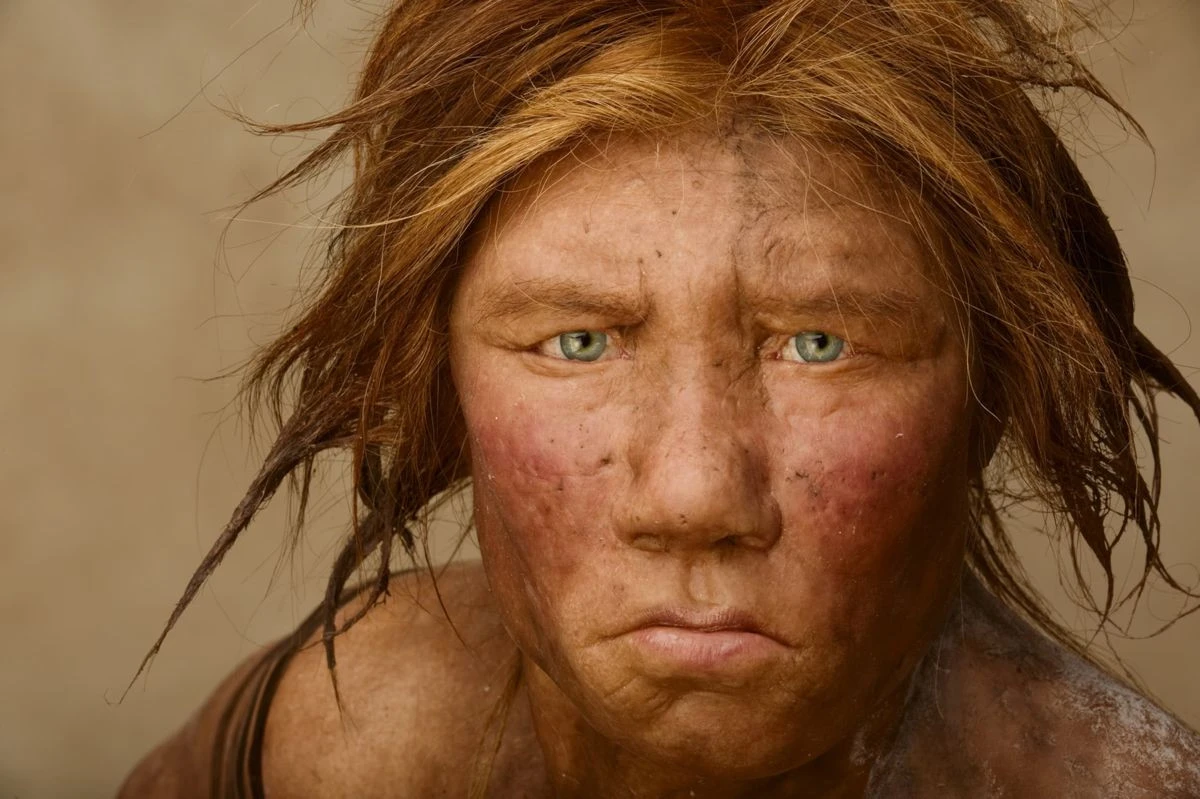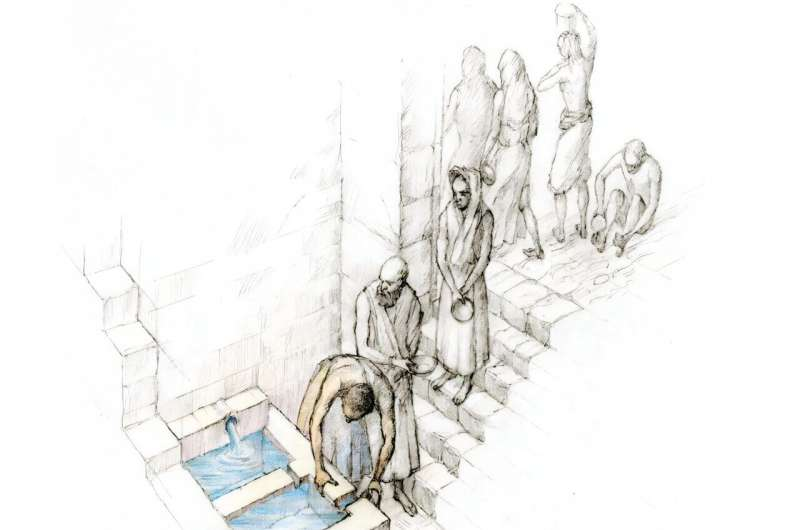A team of Peruvian gas workers has stumbled upon an ancient burial while laying pipes in Lima — unearthing the remarkably preserved mummy of a young boy believed to be over 1,000 years old.
The discovery was made earlier this week in the Puente Piedra district, a bustling neighborhood in northern Lima. According to Jesús Bahamonde, scientific coordinator for Calidda, the gas company overseeing the project, workers first encountered the trunk of a huarango tree — a native species once used by ancient cultures as a tomb marker — buried just half a meter below the surface.
At a depth of 1.2 meters, the team uncovered the mummified remains of a boy estimated to be between 10 and 15 years old. The burial is thought to date from between 1000 and 1200 CE.
“The remains were found in a seated position, with arms and legs bent, wrapped in a funerary shroud alongside calabash gourds,” Bahamonde said. Ceramic plates, bottles, and jugs decorated with geometric motifs and depictions of fishermen were also found beside the mummy.
Archaeologists have identified the burial as belonging to the pre-Inca Chancay culture, which flourished along Peru’s central coast from the 11th to the 15th centuries.
In Peru, utility companies are required to employ archaeologists when digging in urban areas due to the country’s rich buried heritage. Since 2004, Calidda alone has reported more than 2,200 archaeological finds.
Lima, once a hub for various ancient cultures long before the rise of the Inca Empire, is home to over 500 registered archaeological sites, including dozens of ancient cemeteries known as huacas in the Indigenous Quechua language.
This latest find is another reminder that beneath Peru’s modern capital lie countless hidden chapters of its deep past, waiting to be uncovered — sometimes by the most unexpected of digs.






